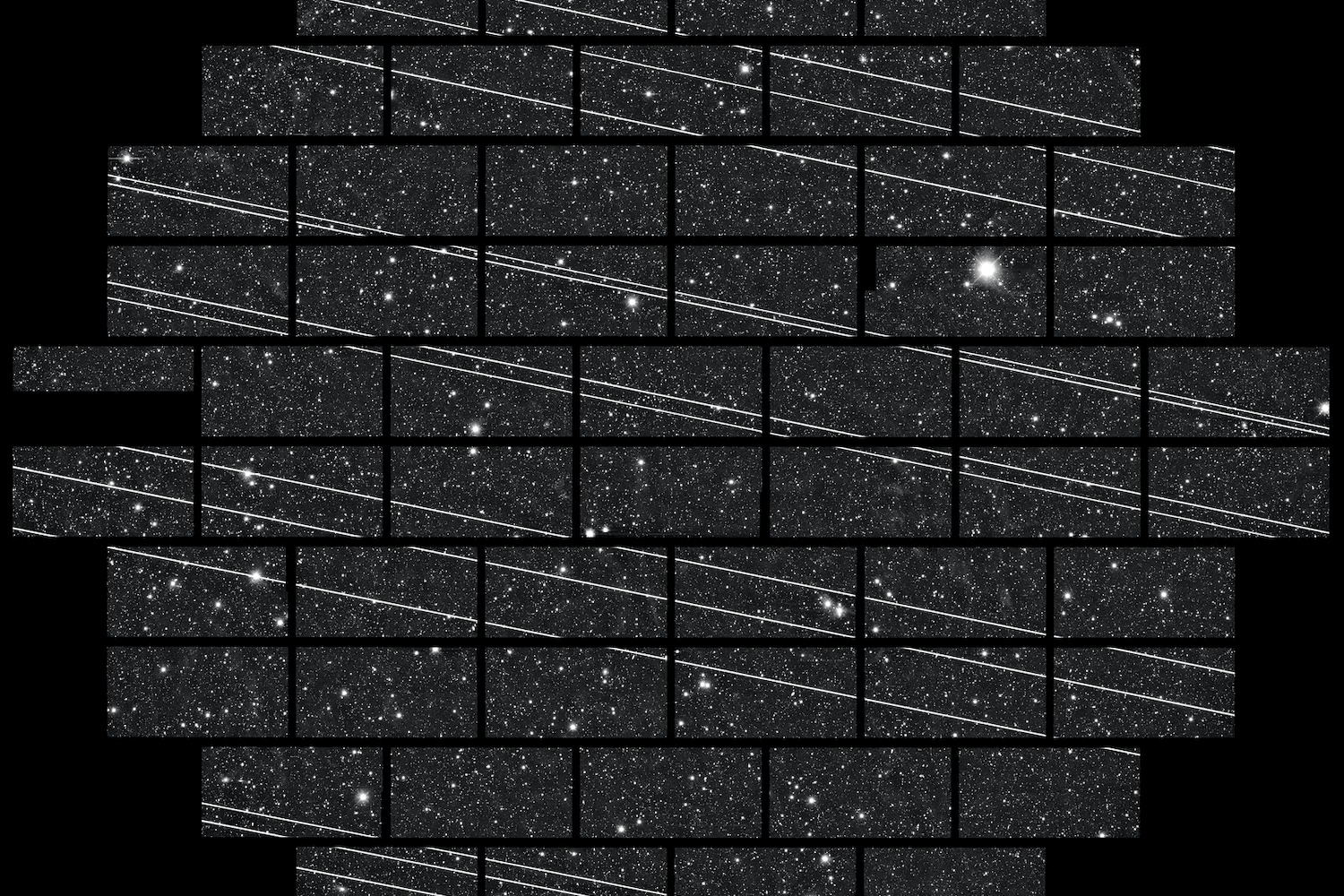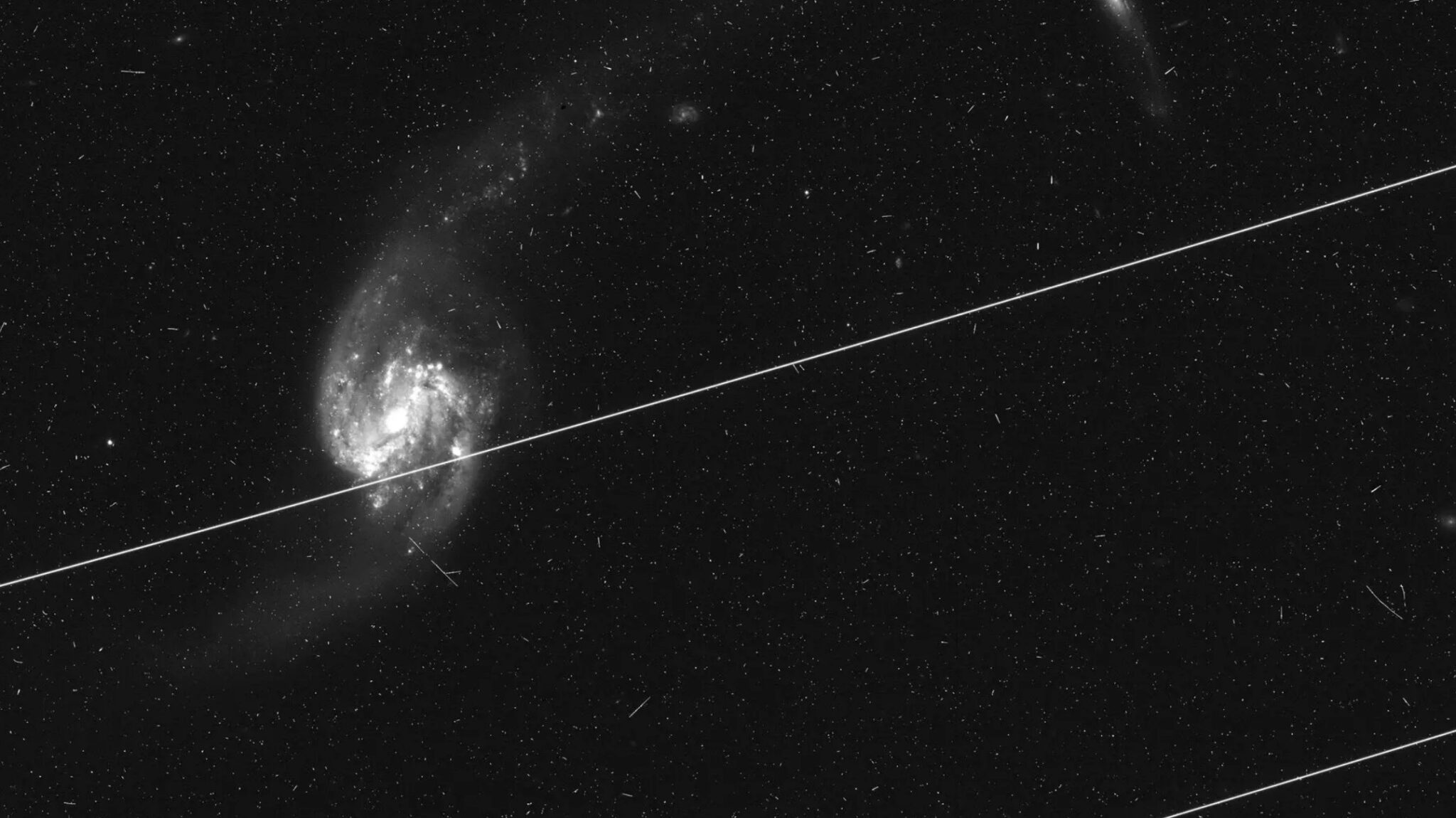SpaceX has a large fleet of Starlink satellites that provide stable internet connectivity directly from low Earth orbit. The number of satellites is growing almost every month. But their number is already significantly interfering with space observations. Moreover, now the situation is beginning to deteriorate greatly, because they are becoming brighter and brighter and thus creating visible interference to astronomers.

A recent study found that Starlink’s direct-to-cell (or DTC) satellites are five times brighter than other satellites, raising concerns about astronomical observations. SpaceX plans to launch thousands of these satellites into orbit, which will create large bright streaks in images of the night sky.
Connection with the price of distortion of observations
The first group of DTC satellites to support satellite communications on smartphones was launched by SpaceX in January of this year. The U.S. Federal Communications Commission has granted SpaceX a license to test the new technology, which involves 2,000 test devices and 840 satellites. In March, the company requested permission to launch up to 7,500 such satellites. Services will initially be available in the form of text messaging, with plans to add both voice and data in the future. SpaceX is working with T-Mobile and other global providers to test and improve this technology.
Certainly, such technology is vital for remote areas with poor connectivity. In parallel, however, it hinders astronomers who aim to obtain clear photos of the sky to explore the universe and detect potentially dangerous asteroids.
Huge disadvantages and small advantages of DTC
According to the study, DTC satellites appear brighter because of their lower orbit (217 miles instead of 340 miles). The researchers evaluated the brightness of the first six DTC satellites and found that they were nearly five times brighter than regular Starlink.

However, a closer orbit has its advantages. Satellites in lower orbits appear more blurred because of the “motion blur” effect that compensates for their brightness. In addition, DTC satellites move faster and spend more time in the Earth’s shadow, making them less visible and possibly reducing their impact on optical observations.
SpaceX is trying to reduce the brightness of its satellites to minimize the impact on astronomical observations. The first satellites were visible to the naked eye and interfered with telescopes. However, the company is working with astronomy organizations to mitigate this problem by adjusting the orientation of the satellites and their solar panels.
More satellites
Other companies such as AST SpaceMobile and Lynk Global are also working on space networks that can be used with mobile phones. ST launched its prototype satellite in 2022, which has become one of the brightest objects in the night sky, causing concern among astronomers.
SpaceX continues to collaborate with astronomers, but whether other companies will follow its example remains unclear. However, one thing is certain – the growing number of satellites in orbit is changing the way we think about the night sky.
We previously reported on how China began deploying its Starlink counterpart.
According to Gizmodo


